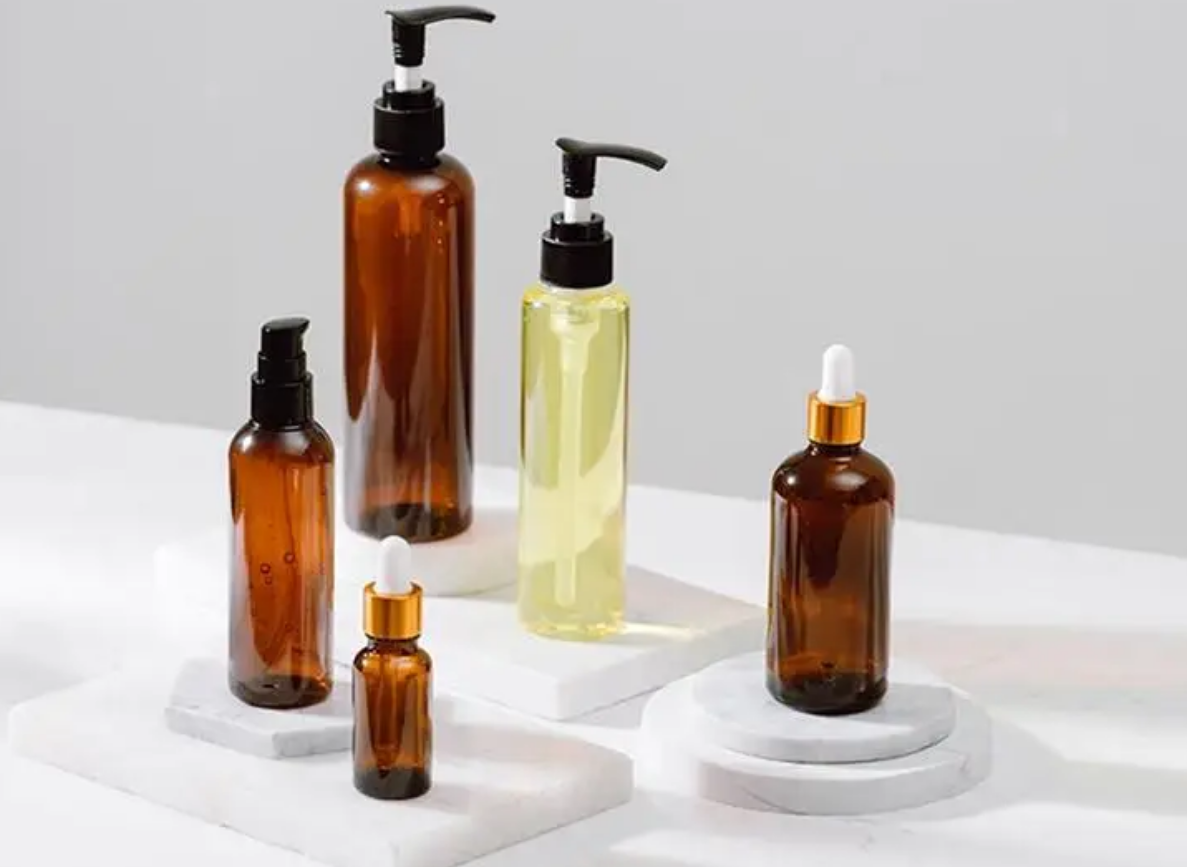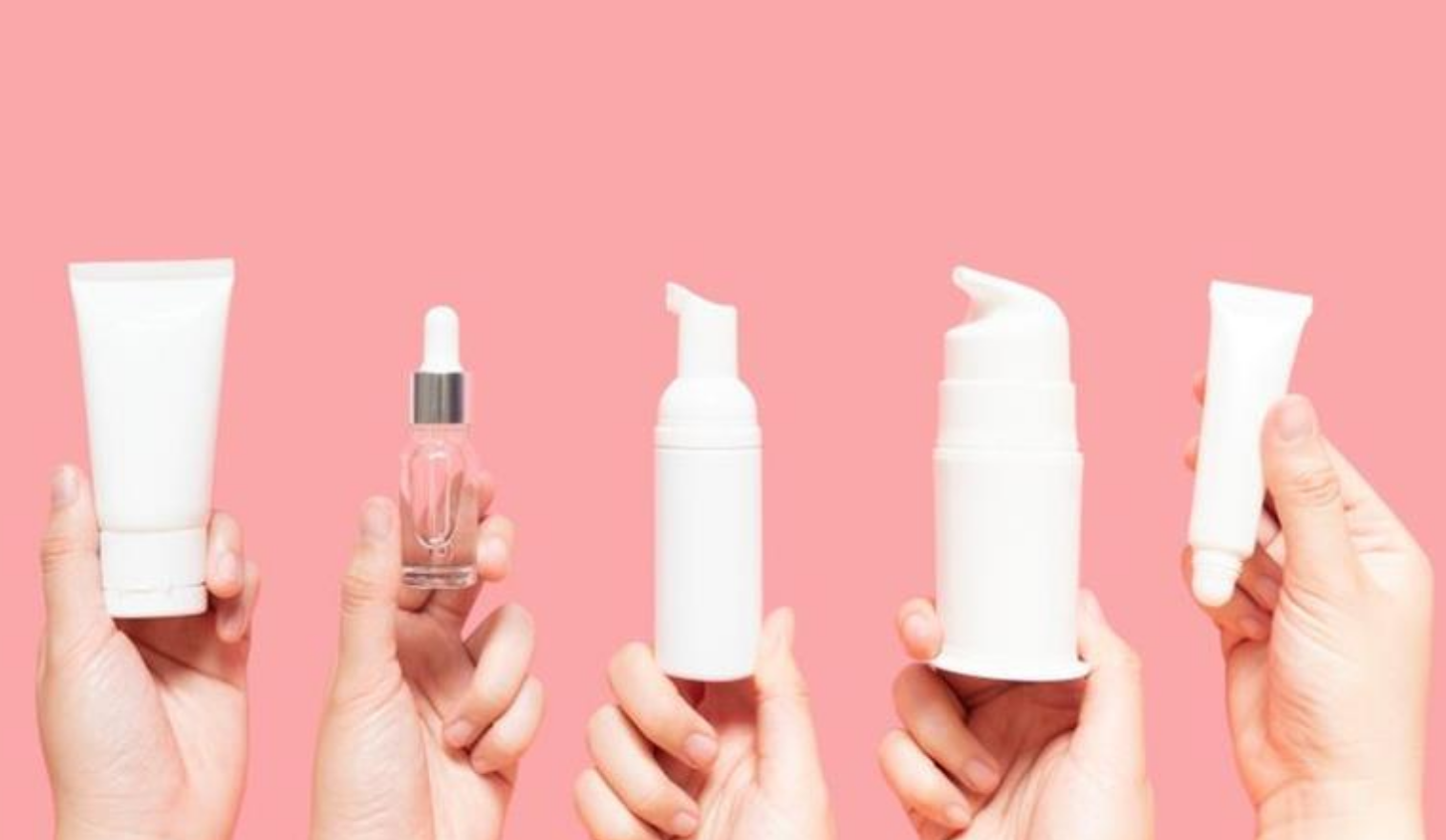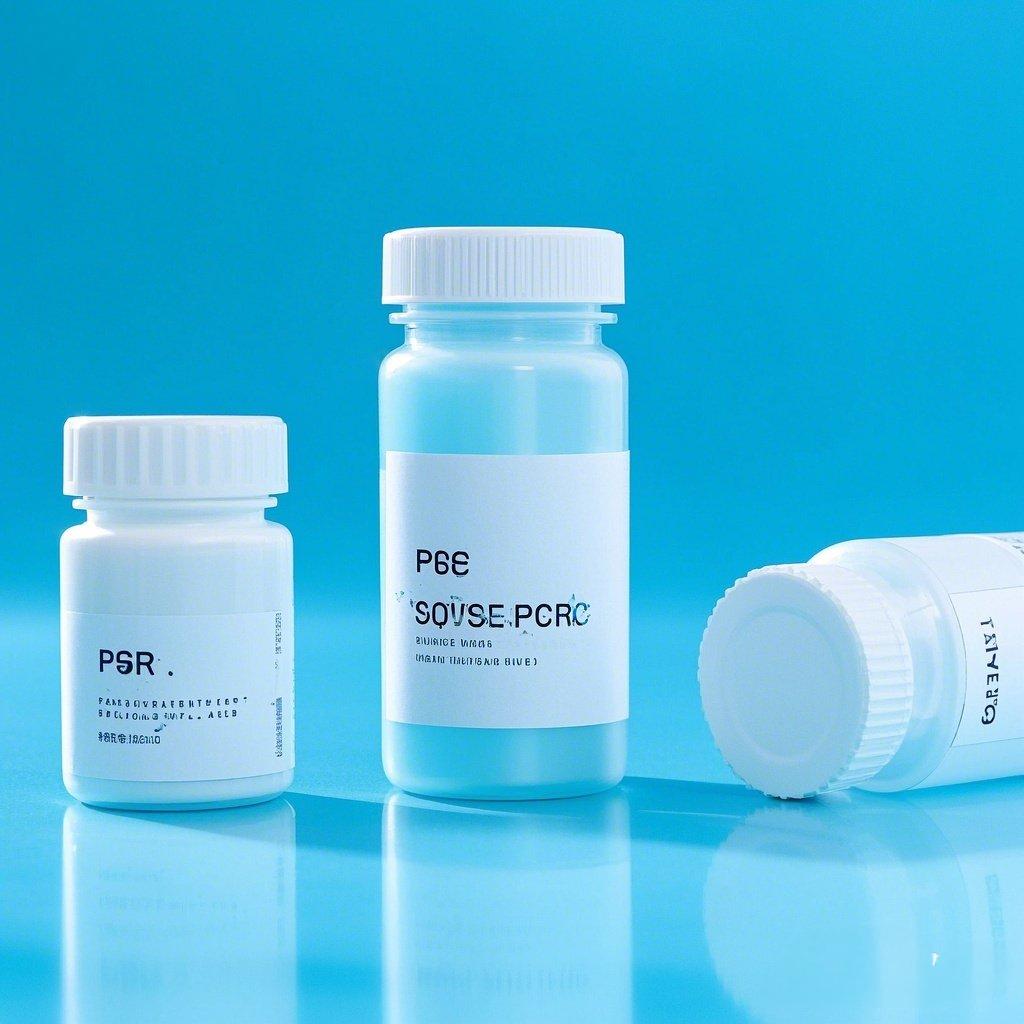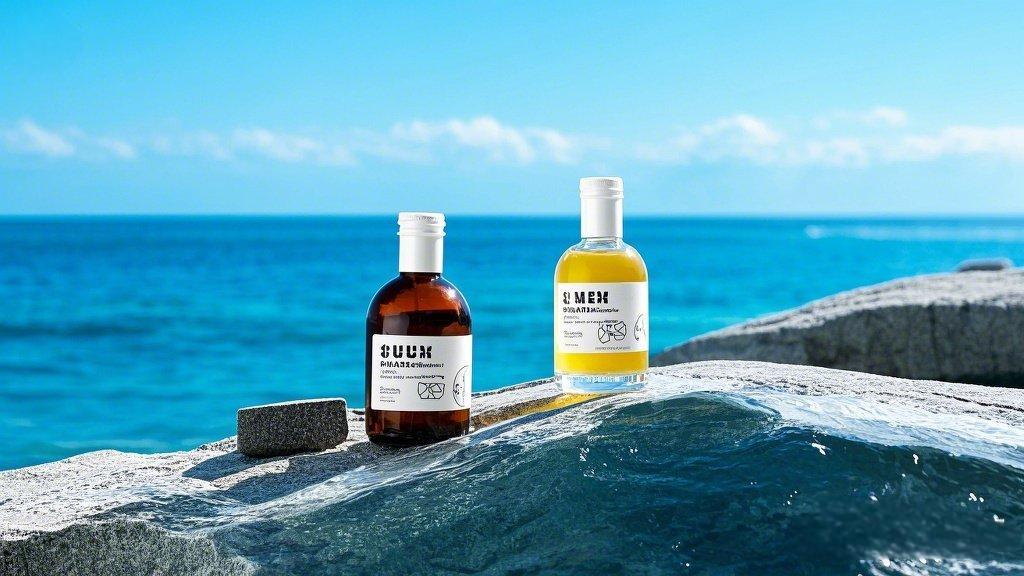Choosing the right packaging for your product can have a significant impact on the consumer experience and the environment. As sustainability becomes an increasingly important priority, it's crucial to understand the difference between common packaging materials such as plastic and glass. In this guide, we'll delve into the **bottle packaging comparison** between plastic and glass bottles, taking into account functionality, sustainability, and aesthetics. The information will also highlight the packaging choices made by today's green beauty brands that are committed to eco-friendly solutions.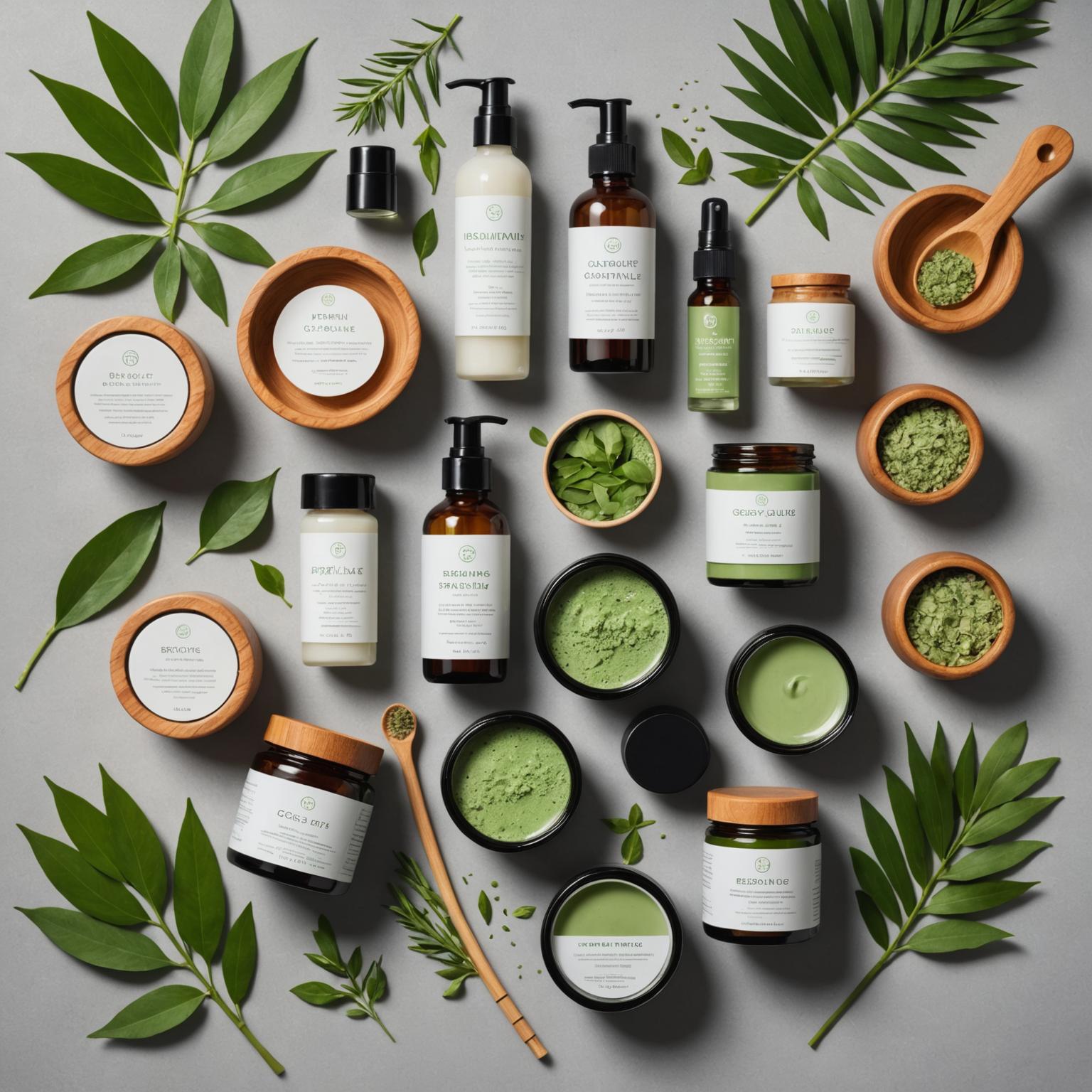
What makes plastic bottles different?
Plastic bottles are known for their practicality and versatility. They are lightweight, shatterproof, and generally more cost-effective to produce and transport. These properties make plastic bottles widely used in a variety of industries, from beverages to beauty products. However, the convenience provided by plastic bottles does come with sustainability issues.
Plastic comes from non-renewable fossil fuels, much of which ends up in landfills or oceans instead of being recycled. This aspect poses a challenge for environmentally conscious brands. Fortunately, recent advances have been made in biodegradable plastics and recyclable materials that can help mitigate the environmental impact of plastic packaging without compromising functionality.
In the green beauty space, many companies are gravitating towards alternative solutions that balance practicality with responsible choices. Given the growing demand for sustainable packaging, some brands are now using post-consumer recycled plastic or adopting refill models to reduce waste.
Why glass bottles are a sustainable choice
When it comes to sustainable packaging, glass bottles are known for their eco-friendliness. The glass is made from natural materials such as sand and is 100% recyclable without loss of quality. Glass bottles can be recycled indefinitely, and it significantly reduces its environmental footprint compared to plastic.
In addition to sustainability, the glass bottle exudes a sense of luxury and elegance. Their inherent durability adds to the premium feel of many products, especially in industries such as beauty and health. Brands often use bright colors, such as green or minimalist matte designs, to enhance their appeal while demonstrating a commitment to sustainability.
Take, for example, the thoughtfully designed products in our signature Green Beauty range. **Dal Lee Foaming Cleanser** comes in a striking green glass bottle that not only looks beautiful, but also reflects the natural and botanical ingredients of the product. Similarly, supplements like the Gaedera Wellness Capsules come in green glass jars, making them both sustainable and luxurious.
Functional comparison: plastic vs. glass
When deciding on plastic and glass bottles, the intended use of the product plays an important role. Plastic bottles are lightweight, shatterproof, and more suitable for products that need to be transported or used frequently on the go. For example, the Dallie Hydration Boost lotion is packaged in a slim plastic pump bottle that combines convenience with a minimalist aesthetic.
Glass bottles, on the other hand, are more suitable for high-end or stationary products. Not only do they better maintain the integrity of the product (because glass is non-reactive), but they also indicate the brand's focus on sustainability. Products like Seravkte Scalp & Shine Formula and Sodilie Skin Defense Serum, both in green glass bottles, serve the dual purpose of improving product quality and supporting environmental goals.
While plastic may be better suited for portability, glass is often the winner in the sustainability and luxury categories. By balancing these features, brands can cater to consumer preferences for functionality and environmental awareness.
Aesthetics in packaging
Consumers are attracted to visually appealing packaging that reflects the product's purpose and personality. Glass bottles, especially those in colors such as dark green or frosted white, give an aura of sophistication. For example, the green and white bottles in the eco-friendly beauty collection showcase the elegance of a natural style while maintaining a modern, minimalist look.
Plastic bottles can also be aesthetically pleasing if they are thoughtfully designed. Features such as the sleek, ergonomic shape and high-quality pump mechanism ensure convenience without sacrificing design. Now, many plastic bottles are manufactured with minimalism in mind, in keeping with the spirit of the green beauty brand.
The aesthetic appeal of sustainable packaging not only enhances the shelf presentation, but also helps to communicate the brand's commitment to quality and environmental responsibility. As mentioned earlier, displaying the product alongside fresh bamboo stems or aromatic herbs takes this visual storytelling to the next level.
Sustainable packaging for green beauty
Incorporating sustainable packaging into product ranges requires a deliberate approach to design and material selection. The green beauty collection we explored is a great example of how sustainable ideals can be seamlessly integrated into a brand's identity. Using eco-friendly materials such as vibrant green glass to create products such as the Dal Lee Foaming Cleanser and Seravkte Scalp & Shine Formula, this collection shows that sustainability and luxury can go hand in hand.
Additionally, adopting refillable or reusable packaging options is another trend for eco-conscious brands. Offering a refill station or subscription model for products reduces the need for single-use packaging. These initiatives not only reduce environmental impact, but also increase customer loyalty in the long run.
Conclusion: Make the right choice
When it comes to bottle packaging, choosing between plastic and glass depends on factors such as the product's purpose, target audience, and environmental goals. Plastic bottles are lightweight and convenient for everyday use, while glass bottles excel at maintaining product quality and providing a sustainable premium aesthetic.
Glass bottles are an increasingly popular choice for brands that prioritize sustainability, as evidenced by the innovative green beauty line we discussed. By utilizing sustainable materials and elegant designs, businesses can meet consumer demand for eco-friendly solutions while setting the benchmark for responsible packaging in the industry.
Whether you're a business owner exploring packaging options or a consumer aiming to support eco-friendly brands, understanding the difference between plastic and glass bottle packaging will enable you to make an informed and impactful choice. After all, sustainability and beauty go hand in hand, and every decision creates a better future for our planet.



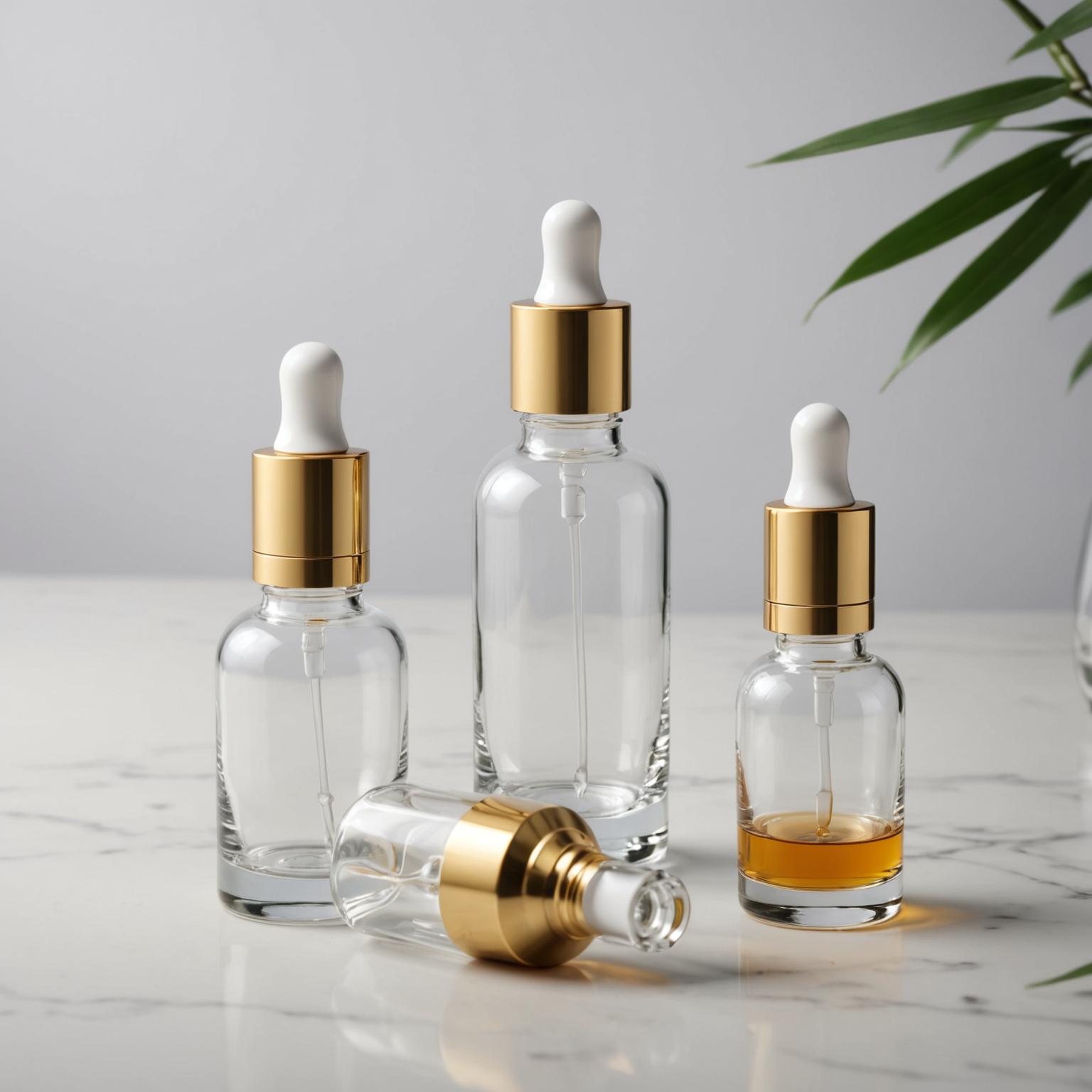
![Top 10 Child Resistant Packaging OEM Suppliers in the World [2025 Updated]](https://ptwebimg.pinshop.com/i/2025/06/03/12ia6eq-3.jpg)
